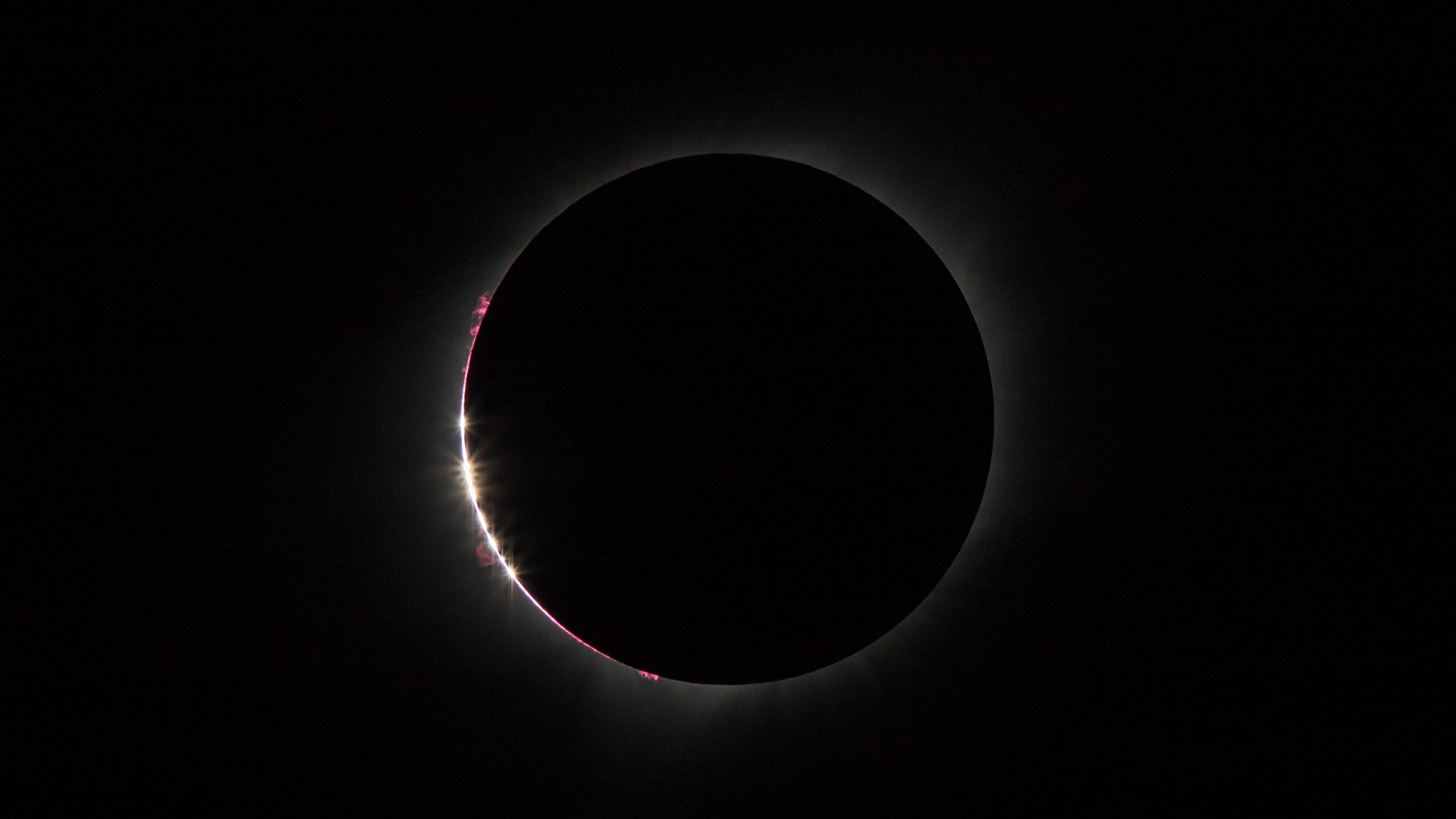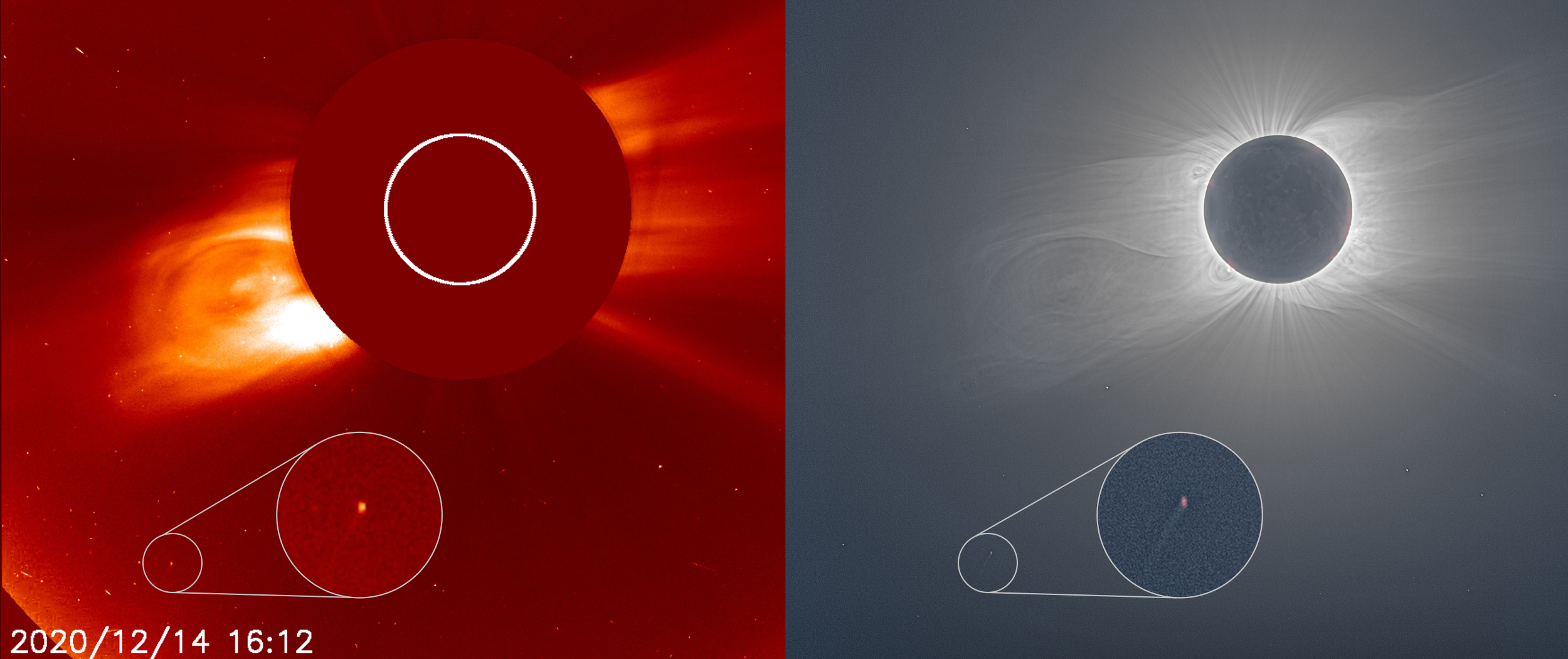6 reasons why the 2024 total solar eclipse could be the best eclipse for hundreds of years

North America is preparing for a total solar eclipse on a never-before-seen scale.
On April 8 this year, millions of people in northern Mexico, the U.S. and southeastern Canada will experience totality — darkness in the day and the chance to see the sun's corona with the naked eye — yet few appreciate how rare and unique this event will be.
Here's why it could be the best for hundreds of years — and for many years into the future:
Related: The best places in the US to experience totality during the April 2024 solar eclipse
1. It will be the longest U.S total solar eclipse since 1806
Experience this total solar eclipse from Mexico, you may be able to get 4 minutes and 28 seconds of totality. That will reduce as the moon's dark central shadow speeds up and becomes stretched as it moves from southwest to northeast, but on the U.S.-Mexico border, 4 minutes 26 seconds is possible.
The last time a totality of this length occurred in North America was on June 16, 1806, when a total solar eclipse lasting up to 4 minutes 55 seconds surged across the U.S. from Baja California to Cape Cod via Albuquerque, Kansas City, Cleveland and Boston. It was promoted to Bostonians by the book Darkness At Noon. That event is also known as Tecumseh's Eclipse. According to eclipse-chaser Bill Kramer, two leaders of the Shawnee people predicted the eclipse and witnessed it from Greenville, Ohio — which on April 8 will experience totality for 3 minutes 55 seconds. It will be Ohio's first total solar eclipse since 1806.
2. It will occur at solar maximum

Anyone who has seen the solar corona with their naked eyes during totality will know that it is always an utterly spectacular sight. During solar minimum — when our star's magnetic activity is at its lowest in its roughly 11-year cycle — it has an asymmetrical, thorny look, as it did during the last total solar eclipse in North America on August 21, 2017. That will not be the case on April 8, when the sun's corona will seem larger, more symmetrical and sunflower-like. It's a consequence of magnetic activity in the sun, and sometime this year, the sun is predicted to reach solar maximum.
Breaking space news, the latest updates on rocket launches, skywatching events and more!
The last time a total solar eclipse visible from North America coincided with solar maximum was on February 26, 1979, when totality lasted as long as 2 minutes 49 seconds within a path through Washington, Montana and North Dakota in the U.S. and Saskatchewan, Manitoba, Ontario and Quebec, Canada, and Greenland.
3. It will be the darkest U.S total solar eclipse for 217 years
A long totality also means a darker totality, which could surprise eclipse-chasers who witnessed the early twilight-like light during totality at the last U.S. total solar eclipse on August 21, 2017. The level of darkness is a function of the magnitude of a solar eclipse — the fraction of the sun's diameter obscured by the moon, affecting the width of the path of totality. In 2017, the magnitude was 1.03 and the path of totality was about 70 miles wide. The sky darkened enough to reveal Venus. On April 8, the magnitude will 1.05 and the path of totality about 115 miles wide, revealing Jupiter as well as Venus.
4. A comet may be visible during totality
It is something of a long shot, but a comet may be visible during totality on April 8. Comet 12P/Pons-Brooks — also known as the "Devil Comet" — will be about 25 degrees from the sun, relatively close to Jupiter.
While Jupiter should be visible during totality to the naked eye totality, the comet could reach magnitude +4.7, putting it on the cusp of naked eye visibility. So it's probable that the comet won't be easily seen — unless it has an outburst, something it has done before.
If you plan to observe totality through binoculars, it may be worth a quick scan to look for it, though it's more likely to show up on long-exposure images. Bright "eclipse comets" are very rare, with images more likely to reveal them if they're around. That last happened during the total solar eclipse in Chile and Argentina on December 14, 2020, when Comet C/2020 X3 (SOHO) was detected during totality.
5. It will be the most-watched total solar eclipse ever in North America
About 31 million people in the U.S. live inside the path of totality, which will go through parts of 15 U.S. states, according to GreatAmericanEclipse.com. Add northern Mexico and Canada, and it's around 40 million. That compares to about 12 million for the 2017 total solar eclipse.
6. This total solar eclipse will be one of the most urban
About a quarter of everyone who experiences totality on April 8 will do so from a city. Huge cities in the path of totality include Mazatlán and Torreón in Mexico, Dallas-ForthWorth-Arlington, Austin and (parts of) San Antonio in Texas, Little Rock, Indianapolis, Cleveland, Buffalo, Rochester, and Hamilton, Niagara, St. Catharines, Kingston and Montreal in Canada. That's about 10 million people.
There are many other reasons why the total solar eclipse on April 8 will be unique. The last total solar eclipse in North America until one in Alaska on March 30, 2033, it will be the longest totality (peaking at 4 minutes 28 seconds in Nazas, Mexico) observed on land since a 4 minutes 40 seconds totality on Rapa Nui/Easter Island on July 11, 2010. It also crosses the path of the 2017 total solar eclipse, with Southern Illinois and Missouri experiencing totality for the second time in less than seven years.
Keep up to date with the latest eclipse content on our eclipse live blog and watch all the total eclipse action unfold live here on Space.com.

Jamie is an experienced science, technology and travel journalist and stargazer who writes about exploring the night sky, solar and lunar eclipses, moon-gazing, astro-travel, astronomy and space exploration. He is the editor of WhenIsTheNextEclipse.com and author of A Stargazing Program For Beginners, and is a senior contributor at Forbes. His special skill is turning tech-babble into plain English.

